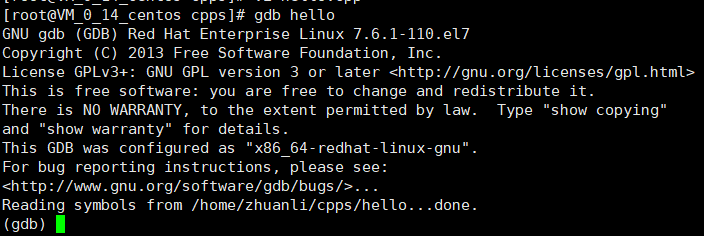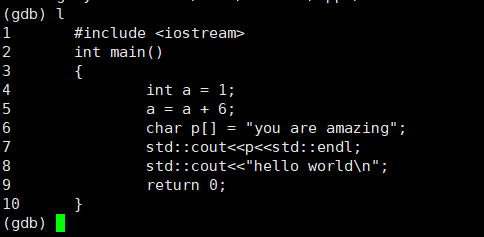给定一个单链表,把所有的奇数节点和偶数节点分别排在一起。请注意,这里的奇数节点和偶数节点指的是节点编号的奇偶性,而不是节点的值的奇偶性。
请尝试使用原地算法完成。你的算法的空间复杂度应为 O(1),时间复杂度应为 O(nodes),nodes 为节点总数。
示例 1:
输入: 1->2->3->4->5->NULL 输出: 1->3->5->2->4->NULL
示例 2:
输入: 2->1->3->5->6->4->7->NULL 输出: 2->3->6->7->1->5->4->NULL
说明:
- 应当保持奇数节点和偶数节点的相对顺序。
- 链表的第一个节点视为奇数节点,第二个节点视为偶数节点,以此类推。
1 | # Definition for singly-linked list. |




